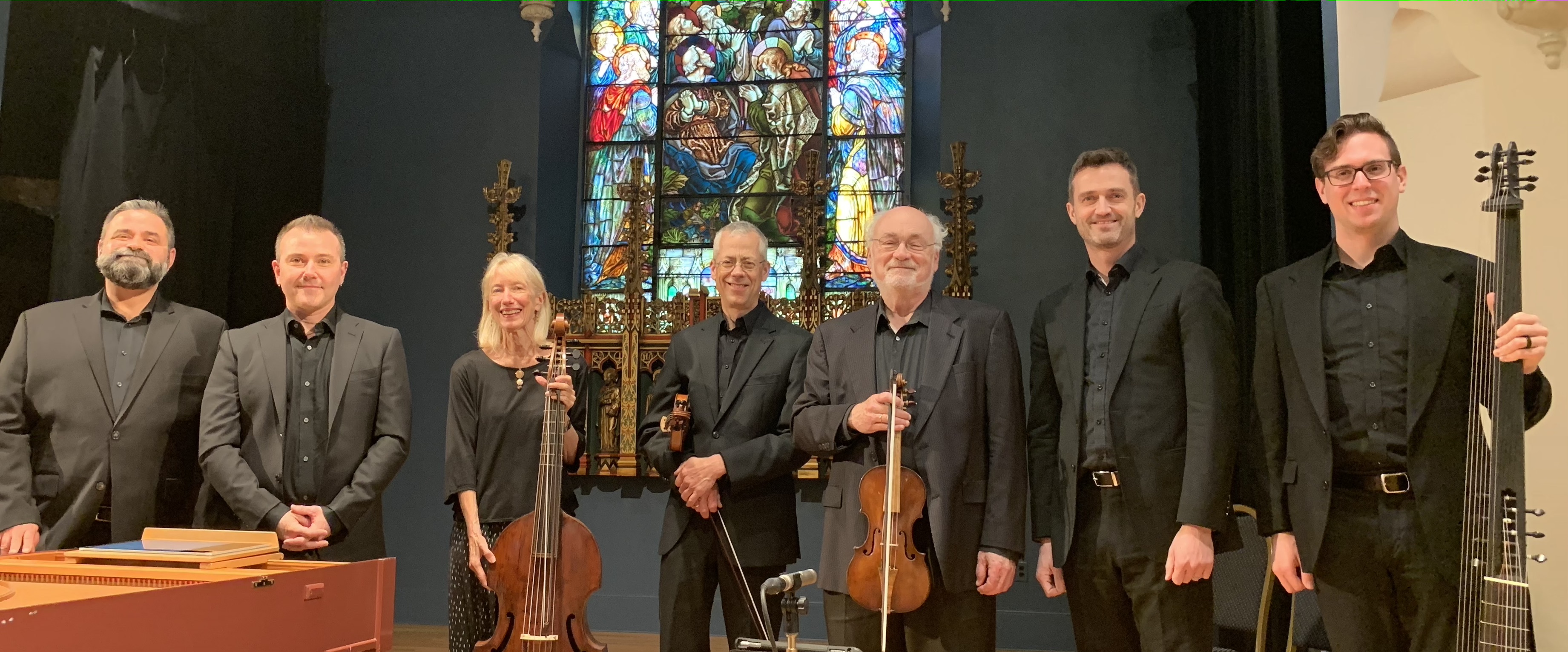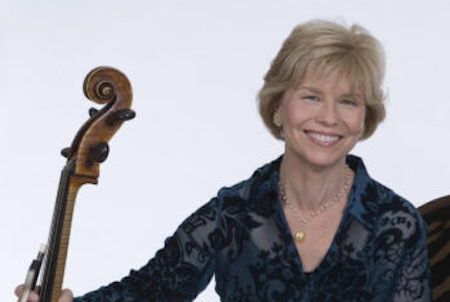In his review for The Millbrook Independent, critic Kevin McEneany writes, “The Italian motet “Lascia filli mi acara” interwove their voices as threads in a most attractive basket weaving.”
Rubens at Wethersfield in Baroque Setting

Friday night at Wethersfield Gardens in Chauncey’s Stillman’s famed Carriage House, Aston Magna offered a sampling of Baroque music with projected slides of the painter Peter Paul Rubens directed by Richard Savino who delivered a pre-concert lecture. The twenty-four compositions played or sung painted an arc of progression within a span of sixty years from both sides of the year 1600.
Rubens, a Roman Catholic from Antwerp in Flanders, became the greatest mythological painter of both pagan sensuality and religious mythology. While few recall his prolific daubings of altars, the fleshy thighs and arms he painted on huge wooden boards and canvases with arresting anatomical precision still astonish. Richard Savino observed that the Roman Catholic Counter-Reformation a hundred years after Martin Luther’s emphasis on book learning re-affirmed pictorial devotion in painting and sculpture (Bernini being the great sculptor) because most Roman Catholics were illiterate. In this new media push Rubens was in the foreground injecting color and feelings into religious myths as well as raising compelling questions about Greek mythology and especially Roman history.
As Aston Magna played, slides of Rubens’ paintings were displayed. While this was effective, the screen employed might have been a few feet larger. This kind of event will go “over the top” when in the future hologram projections will be employed with maximized pixelization.
They opened with the vocal trio of soprano Jennifer Kampani, mezzo-soprano Deborah Rentz-Moore, and countertenor Ryland Angel performing a madrigal by Jan Sweelinck, Flanders’ most famous organ composer and author of about 250 vocal works (motets, madrigals, chansons, psalter) in a wide variety of multi-national styles. The Italian motet “Lascia filli mi acara” interwove their voices as threads in a most attractive basket weaving. The full Aston Magna ensemble then played Claudio Monteverdi’s “Orfeo Suite,” Orfeo (1607) being the birth of opera as we know it.
The baroque revolution in song composition was begun by Giulio Caccini who wrote that words, rhythm, and tone must be conceived before writing the music. This led to the baroque plunge into affection and immediacy. Caccini’s “Amarilli mia bella” sung by countertenor Ryland Angel who sang with passion, thus supplying an example of the new emotional direction in vocal music. Likewise, with Rentz-Moore in Francesca Caccini’s song. On antique period theorbo (a gigantic guitar with harp-like qualities) Catherine Liddell fiercely plucked a lively Toccata by Johann Kapsberger who lived in Venice and Rome.
In a short review, I cannot cover the arcing breadth of either the performance or the evolving history of music. We spent time in France where the note of lyrical affection became more intense and affectionate. We reveled in the variety of sonorous Spanish music where Daniel Stepner on violin was able to raise his violin in “Sonata in G” by Don Enrico Butler. The rousing, folkloric “La Chacona” by Juan Arañés had both the singing trio and the audience grinning with joy.
Three pieces by Nicholas Lanier who became Master Musician to King Charles II of England were played, one a miniature symphonic excursion and two pleasant songs which sounded like they owed a debt to John Dowland, “No More” being sung exquisitely by Kampani.
Then back to the Lowlands where violinist Danielle excelled in a lament by Johann Schop (which means poet in Anglo-Saxon), followed by “O splendor.” a liturgical exercise in dullness. This religious swerve received a ceremonial boost by the concluding “Exultate Justi” which brought together both choir and the whole ensemble.
With further financing this program would make an interesting historical documentary.



